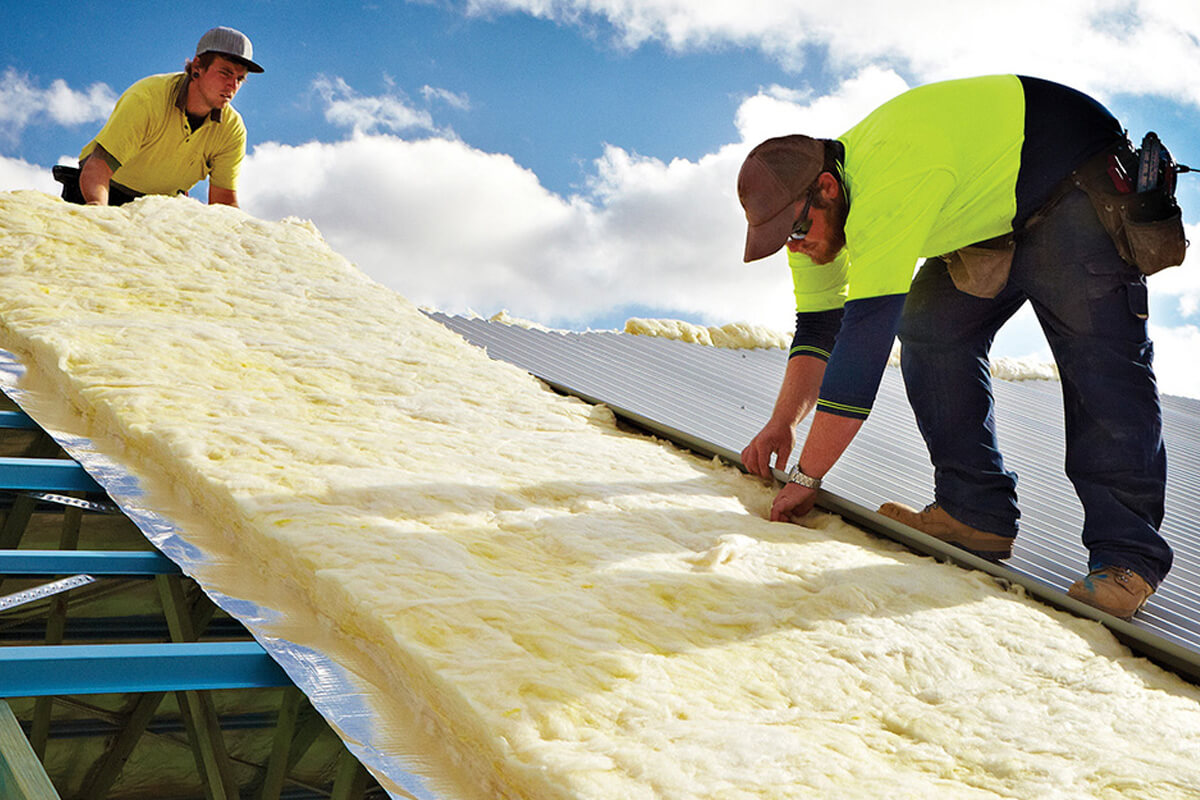

Articles
How To Insulate A Metal Roof
Modified: January 8, 2024
Learn the best techniques for insulating a metal roof with our comprehensive articles. Discover step-by-step instructions and expert tips to keep your home comfortable and energy-efficient.
(Many of the links in this article redirect to a specific reviewed product. Your purchase of these products through affiliate links helps to generate commission for Storables.com, at no extra cost. Learn more)
Introduction
Welcome to our comprehensive guide on how to insulate a metal roof. If your home or building has a metal roof, you may be well aware of the challenges that come with it – excessive heat in the summer, poor insulation in the winter, and high energy bills year-round. Insulating your metal roof is a crucial step in creating a comfortable and energy-efficient living space.
Insulation helps to regulate the temperature inside your home by reducing heat transfer, preventing air leakage, and improving overall energy efficiency. It can also help to reduce noise from outside elements, such as rain or hail. While insulating a metal roof may seem like a daunting task, with the right materials and techniques, it can be done effectively.
In this article, we will walk you through a step-by-step process to insulate your metal roof and create a more comfortable living environment. We will cover the necessary materials, preparation of the metal roof surface, application of insulation material, securing the insulation in place, sealing any gaps or seams, and provide additional tips for a successful insulation project.
So, whether you are looking to save on energy costs, improve indoor comfort, or simply reduce noise, let’s dive into the details of insulating a metal roof.
Key Takeaways:
- Insulating a metal roof involves gathering the right materials, preparing the surface, applying the insulation, and sealing gaps. Proper insulation can enhance energy efficiency and create a more comfortable living space.
- Consider additional tips such as using radiant barriers, improving attic insulation, and maintaining the insulation for long-term effectiveness. Insulation professionals can provide expert guidance for a successful project.
Step 1: Gather the necessary materials
Before you begin the process of insulating your metal roof, it is important to gather all the necessary materials. Having the right supplies on hand will ensure a smoother and more efficient installation process. Here are the key materials you will need:
- Insulation material: There are various types of insulation materials available, such as fiberglass batts, reflective foil insulation, or rigid foam boards. Choose the type that best suits your needs and budget.
- Tape measure: This tool will help you accurately measure the dimensions of your metal roof and determine the amount of insulation material required.
- Utility knife: You will need a sharp utility knife to cut the insulation material to the desired size and shape.
- Roof nails or screws: These will be used to secure the insulation in place.
- Sealant or adhesive: A high-quality sealant or adhesive will help to seal any gaps or seams in the insulation and prevent air leakage.
- Ladder or scaffolding: Depending on the height of your roof, you may need a ladder or scaffolding to access and work on the surface safely.
- Protective gear: It is essential to wear protective gear, such as gloves, safety goggles, and a mask, to ensure your safety during the installation process.
It is worth noting that the specific materials required may vary depending on the type of insulation you choose and the condition of your metal roof. It is always a good idea to consult with a professional or do thorough research to determine the most suitable materials for your project.
Once you have gathered all the necessary materials, you will be ready to move on to the next steps of preparing the metal roof surface for insulation.
Step 2: Prepare the metal roof surface
Before you can begin applying insulation to your metal roof, it is crucial to properly prepare the surface. This preparation ensures that the insulation adheres securely and provides maximum effectiveness. Follow these steps to prepare the metal roof surface:
- Clean the roof: Start by thoroughly cleaning the metal roof to remove any debris, dirt, or loose materials that may interfere with the insulation’s adhesion. Use a broom or blower to clear away leaves, branches, or other debris. You may also need to wash the roof with a mild detergent or metal roof cleaner and rinse it thoroughly with water.
- Inspect for damages: Next, carefully inspect the metal roof for any damages, such as rust, leaks, or loose screws. Address any necessary repairs before proceeding with the insulation. Replace any damaged or missing screws, tighten loose ones, and treat any rusted areas with a rust converter or primer.
- Apply a primer: If your metal roof is unpainted or lacks a protective coating, it is recommended to apply a primer specifically designed for metal surfaces. The primer will create a smooth and adhesive surface for the insulation. Follow the manufacturer’s instructions for proper application and drying time.
- Check for proper ventilation: It is important to ensure that your metal roof has adequate ventilation to prevent moisture buildup. Check for proper vents or consider installing additional ventilation if needed. Good ventilation helps to maintain optimal temperature and humidity levels inside your home and prevents condensation, which can lead to mold and mildew growth.
By thoroughly cleaning, inspecting, and preparing the metal roof surface, you create an optimal foundation for the insulation material. This preparation step helps to ensure a successful and long-lasting insulation installation.
Now that you have prepared the metal roof surface, you are ready to move on to the next step – applying the insulation material.
Step 3: Apply the insulation material
With the metal roof surface properly prepared, it’s time to start applying the insulation material. The method of application will depend on the type of insulation material you have chosen. Here are the general steps to follow:
- Measure and cut: Measure the dimensions of the area where you will be installing the insulation. Use a tape measure to ensure accuracy. Then, use a utility knife to cut the insulation material to the appropriate size and shape, making sure it fits snugly against the roof.
- Start from the bottom: Begin installing the insulation material at one corner of the roof, starting from the bottom and working your way up. This ensures that the insulation is properly aligned and reduces the risk of gaps or overlaps.
- Secure the insulation: As you place each piece of insulation, secure it in place using roof nails or screws. This helps to anchor the insulation and prevent it from shifting or sagging over time. Be mindful not to overtighten screws, as it can compress and reduce the effectiveness of the insulation material.
- Follow manufacturer’s guidelines: Different insulation materials may have specific installation instructions provided by the manufacturer. It is essential to carefully read and follow these guidelines to ensure proper installation and optimum performance.
Remember to take extra care when working on the metal roof to avoid damaging the surface or injuring yourself. Always work on a stable surface and use protective gear, such as gloves and safety goggles.
If you are unsure about the installation process or feel overwhelmed, it is recommended to consult with a professional insulation contractor. They can offer expert advice and ensure that the insulation material is installed correctly.
Once you have completed the installation of the insulation material, proceed to the next step – securing the insulation in place.
When insulating a metal roof, consider using a combination of reflective insulation and a radiant barrier to effectively reduce heat transfer and improve energy efficiency.
Step 4: Secure the insulation in place
After applying the insulation material to your metal roof, it is essential to secure it in place to prevent it from shifting or coming loose over time. Securing the insulation ensures its effectiveness and maintains the overall integrity of the installation. Follow these steps to secure the insulation:
- Use adhesive or sealant: Apply a high-quality adhesive or sealant along the edges and seams of the insulation material. This helps to create a strong bond between the insulation and the metal roof, preventing any air leakage or movement.
- Apply pressure or weight: After applying the adhesive or sealant, apply pressure to the insulation material to ensure proper adhesion. You can use heavy objects or weights to hold down the insulation temporarily while the adhesive dries. Follow the manufacturer’s instructions for the recommended drying time.
- Secure with nails or screws: In addition to adhesive or sealant, use roof nails or screws to further secure the insulation in place. Drive the nails or screws through the insulation and into the metal roof, ensuring a tight and secure fit. Be careful not to puncture the insulation material or damage the metal roof surface.
- Check for even coverage: As you secure the insulation, monitor for any areas that may have gaps or inconsistencies. It is crucial to ensure that the insulation covers the entire metal roof surface uniformly. Address any areas that require additional insulation or adjustments.
By properly securing the insulation, you increase its longevity and effectiveness in providing thermal insulation and energy efficiency to your metal roof. Take the time to double-check the adhesive, sealant, and fasteners to ensure a secure and durable installation.
Once you have securely fastened the insulation, proceed to the next step – sealing any gaps or seams to optimize insulation performance.
Read more: How To Insulate Roof
Step 5: Seal any gaps or seams
To maximize the insulation performance of your metal roof, it is important to seal any gaps or seams that may allow air infiltration or heat transfer. Sealing these areas helps to create a more airtight and thermally efficient barrier. Follow these steps to seal gaps or seams:
- Inspect for gaps: Carefully inspect the insulation material and the junctions where it meets other surfaces, such as walls or roof penetrations. Look for any gaps, spaces, or openings that may allow air to pass through.
- Use caulk or foam sealant: Depending on the size of the gaps or seams, select an appropriate caulk or foam sealant. Apply the sealant along the gaps, ensuring a thorough and continuous application. Smooth out the sealant with a putty knife or your finger for a clean finish.
- Consider weatherstripping: For larger gaps or areas that require added insulation or weatherproofing, consider using weatherstripping. Weatherstripping materials, such as adhesive-backed foam tape or rubber weatherstrips, can be applied to the gaps or seams to create an effective barrier.
- Ensure proper coverage: Pay attention to corners, edges, and hard-to-reach areas that may be prone to gaps or seams. Take the time to seal these areas thoroughly to prevent any potential heat loss or air leakage.
Sealing gaps and seams not only improves the insulation performance but also helps to prevent moisture buildup and potential damage. It is a crucial step in achieving a well-insulated and energy-efficient metal roof.
Remember to allow sufficient time for the sealant or caulk to cure before exposing the roof to weather elements or other potential disturbances. Refer to the manufacturer’s instructions for recommended drying times.
After sealing any gaps or seams, you are almost done with the insulation process. However, there are a few additional tips that can help improve the effectiveness of your insulated metal roof, which we will cover in the next step.
Step 6: Additional tips for insulating a metal roof
While you have already completed the main steps of insulating your metal roof, there are a few additional tips that can further enhance the effectiveness and durability of your insulation. Consider these tips to optimize the insulation performance:
- Consider radiant barriers: In addition to traditional insulation materials, you may want to consider installing radiant barriers. These reflective materials help to reduce radiant heat transfer and can be installed on the underside of the metal roof, facing the attic or interior space.
- Improve attic insulation: Insulating your metal roof alone is not enough to create a fully energy-efficient system. Make sure to also insulate your attic space properly. This helps to prevent heat from escaping through the ceiling and keeps your living space more comfortable.
- Implement proper ventilation: Adequate ventilation in your attic or roof space is vital for maintaining optimal temperature and moisture levels. Good ventilation helps to prevent condensation, which can lead to moisture-related issues and reduce the effectiveness of insulation. Consider installing vents or fans to ensure proper airflow.
- Regularly inspect and maintain: Over time, it is important to inspect and maintain your metal roof insulation. Check for any signs of damage, wear, or deterioration, such as sagging insulation or water stains. Address any issues promptly to maintain the insulation’s performance.
- Consult with professionals: If you are unsure about any aspect of insulating your metal roof or need assistance, do not hesitate to consult with insulation professionals. They can provide expert advice, recommend the best insulation materials, and ensure proper installation for long-term performance.
By considering these additional tips, you can enhance the overall efficiency and longevity of your metal roof insulation. Remember, a well-insulated metal roof not only provides energy savings but also creates a more comfortable and sustainable living space.
With these steps and tips, you should now have a clear understanding of how to effectively insulate your metal roof. The process may require some time and effort, but the benefits in terms of energy efficiency and increased comfort are well worth it.
Good luck with your metal roof insulation project!
Conclusion
Insulating a metal roof is a worthwhile investment that can greatly improve the comfort and energy efficiency of your home or building. By following the steps outlined in this guide, you can successfully insulate your metal roof and enjoy the benefits for years to come.
Throughout the process, it is important to gather the necessary materials, prepare the metal roof surface, apply the insulation material, secure it in place, and seal any gaps or seams. Taking these steps will create a barrier that reduces heat transfer, prevents air leakage, and helps to regulate the temperature inside your living space.
Remember to consider additional tips, such as using radiant barriers, improving attic insulation, implementing proper ventilation, and regularly inspecting and maintaining your metal roof insulation. These steps can further enhance the effectiveness and durability of your insulation.
Insulating a metal roof may seem like a complex task, but with the right materials and techniques, it can be accomplished successfully. If you have any doubts or concerns, it is always advisable to consult with insulation professionals who can provide expert guidance and assistance.
By insulating your metal roof, you can enjoy a more comfortable living environment, reduce energy consumption, and potentially lower your utility bills. Additionally, the improved insulation can help to reduce noise from external sources, creating a quieter and more peaceful atmosphere inside your home or building.
Take the time to plan and carry out the insulation project with care, ensuring that the insulation material is properly installed, secured, and sealed. With proper insulation in place, you can protect your investment in a metal roof while enjoying the long-term benefits of energy efficiency and improved comfort.
So, go ahead and embark on this insulation journey and experience the difference it can make for your metal roof and your overall living space. Happy insulating!
Frequently Asked Questions about How To Insulate A Metal Roof
Was this page helpful?
At Storables.com, we guarantee accurate and reliable information. Our content, validated by Expert Board Contributors, is crafted following stringent Editorial Policies. We're committed to providing you with well-researched, expert-backed insights for all your informational needs.
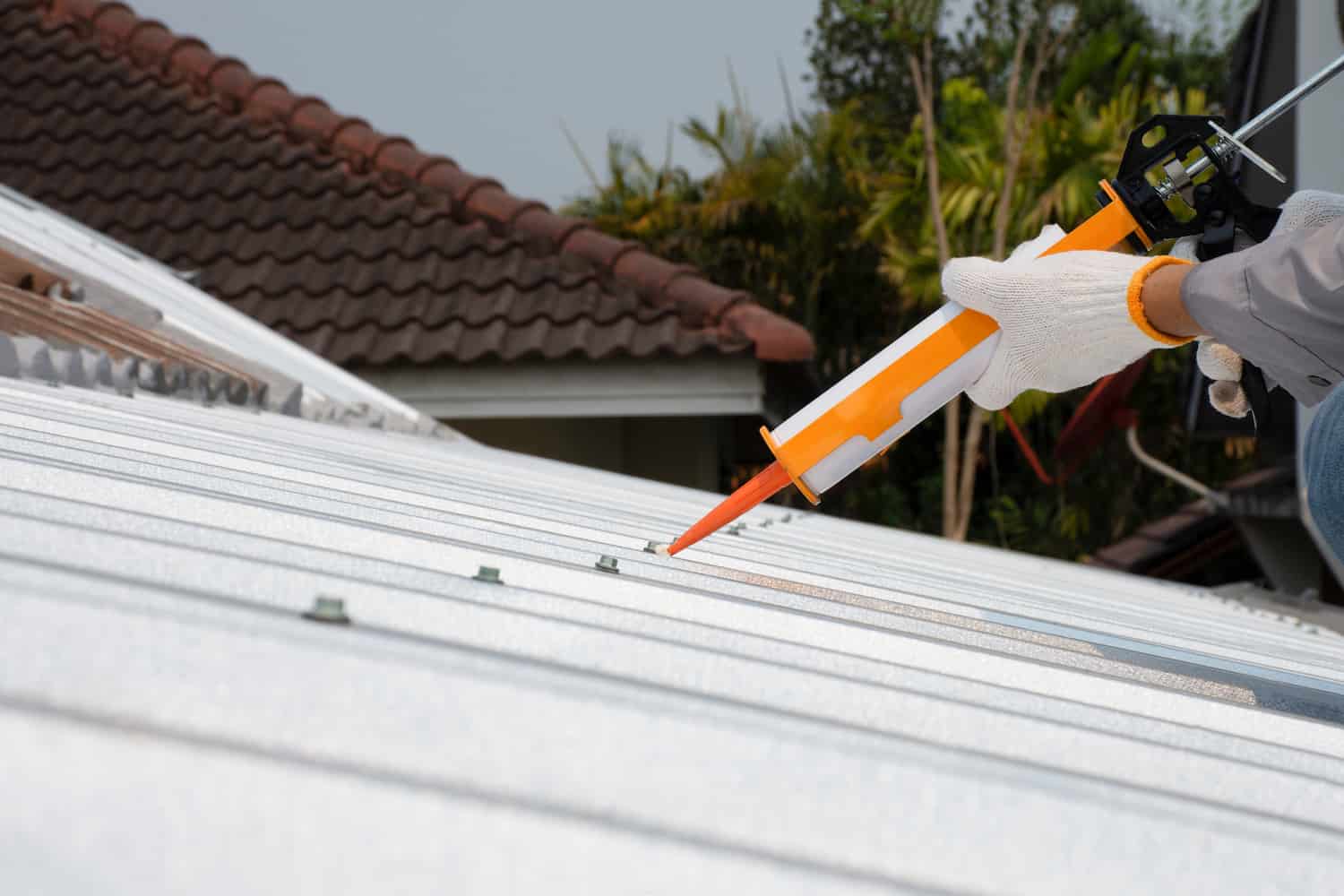
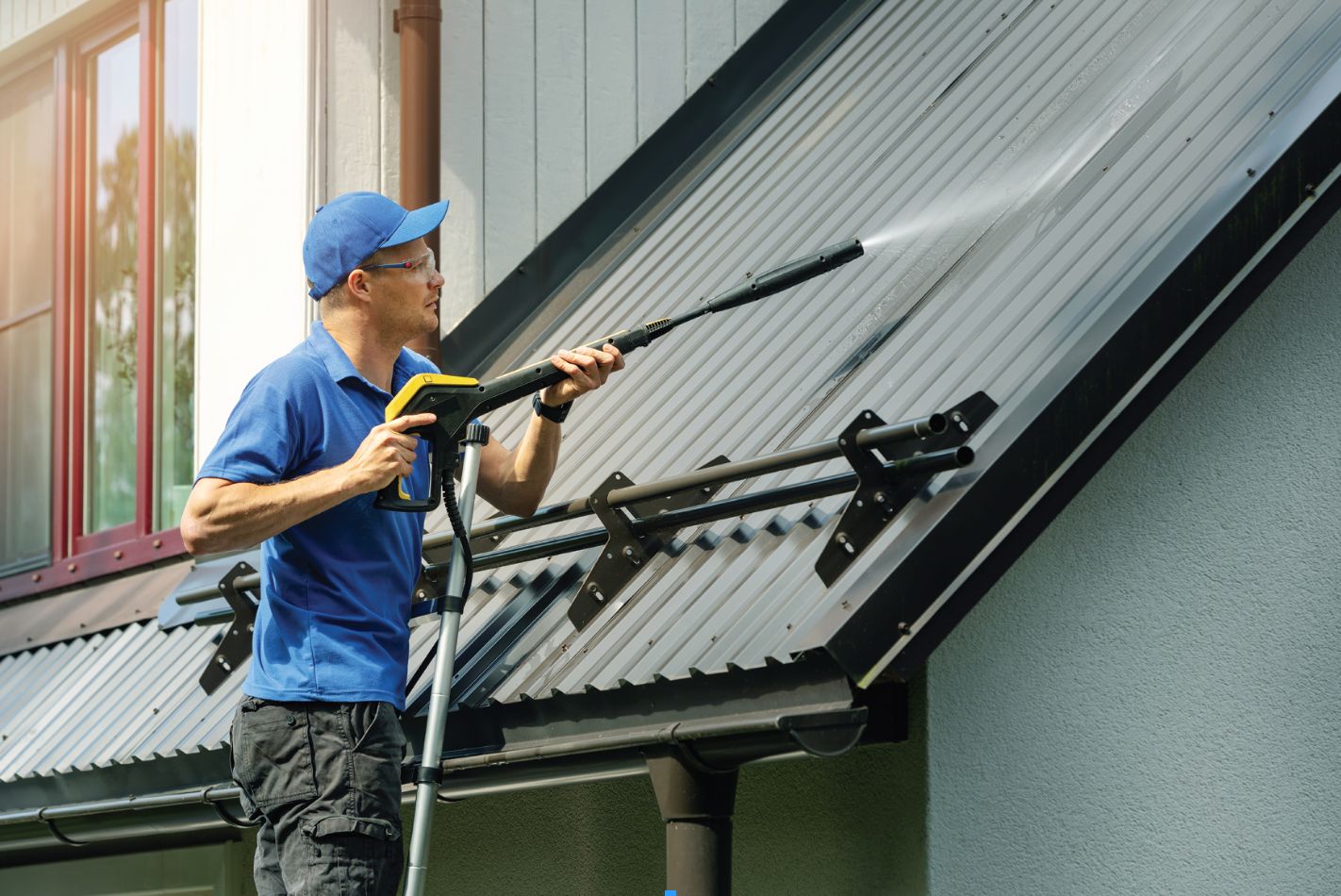
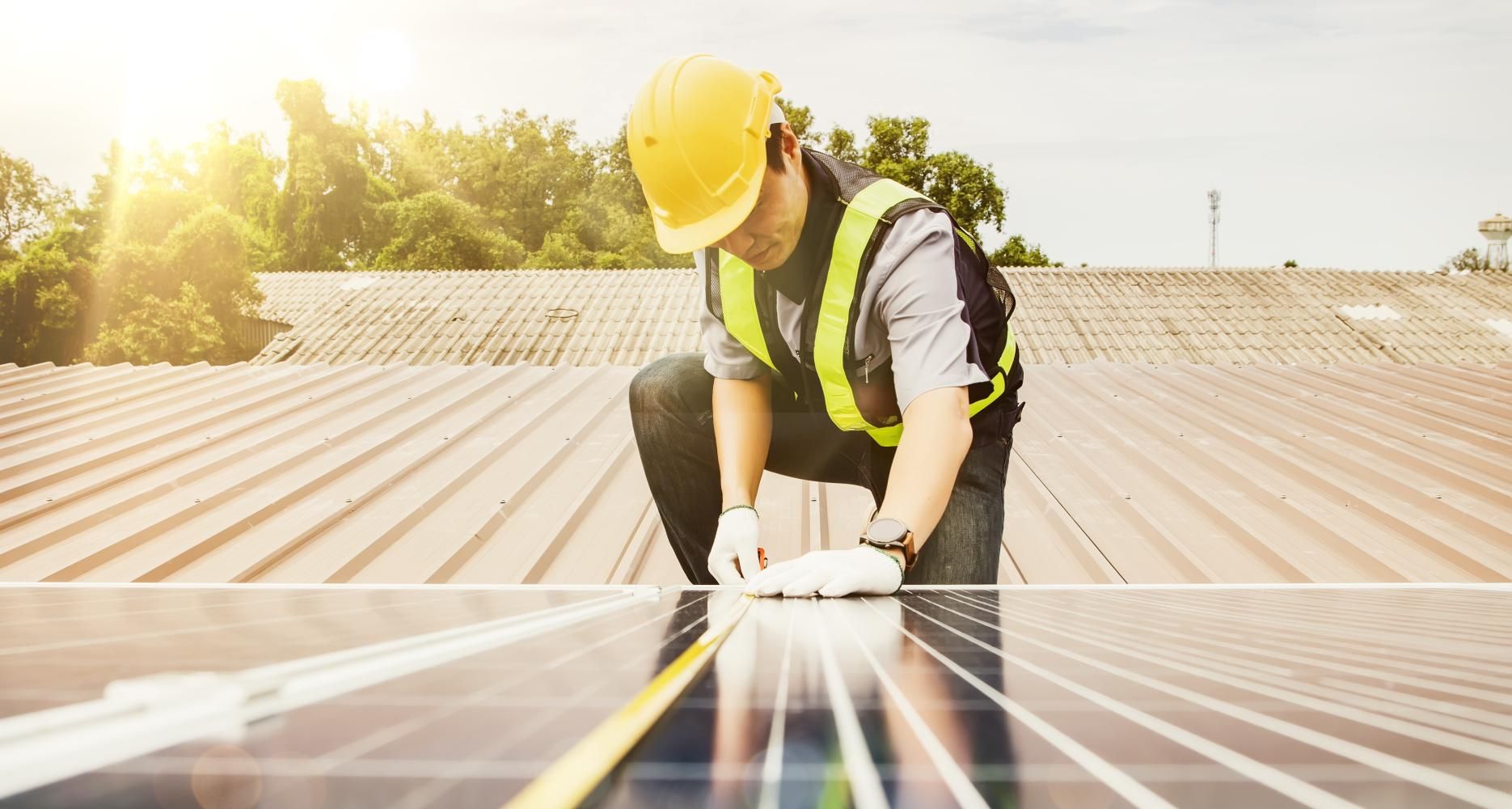
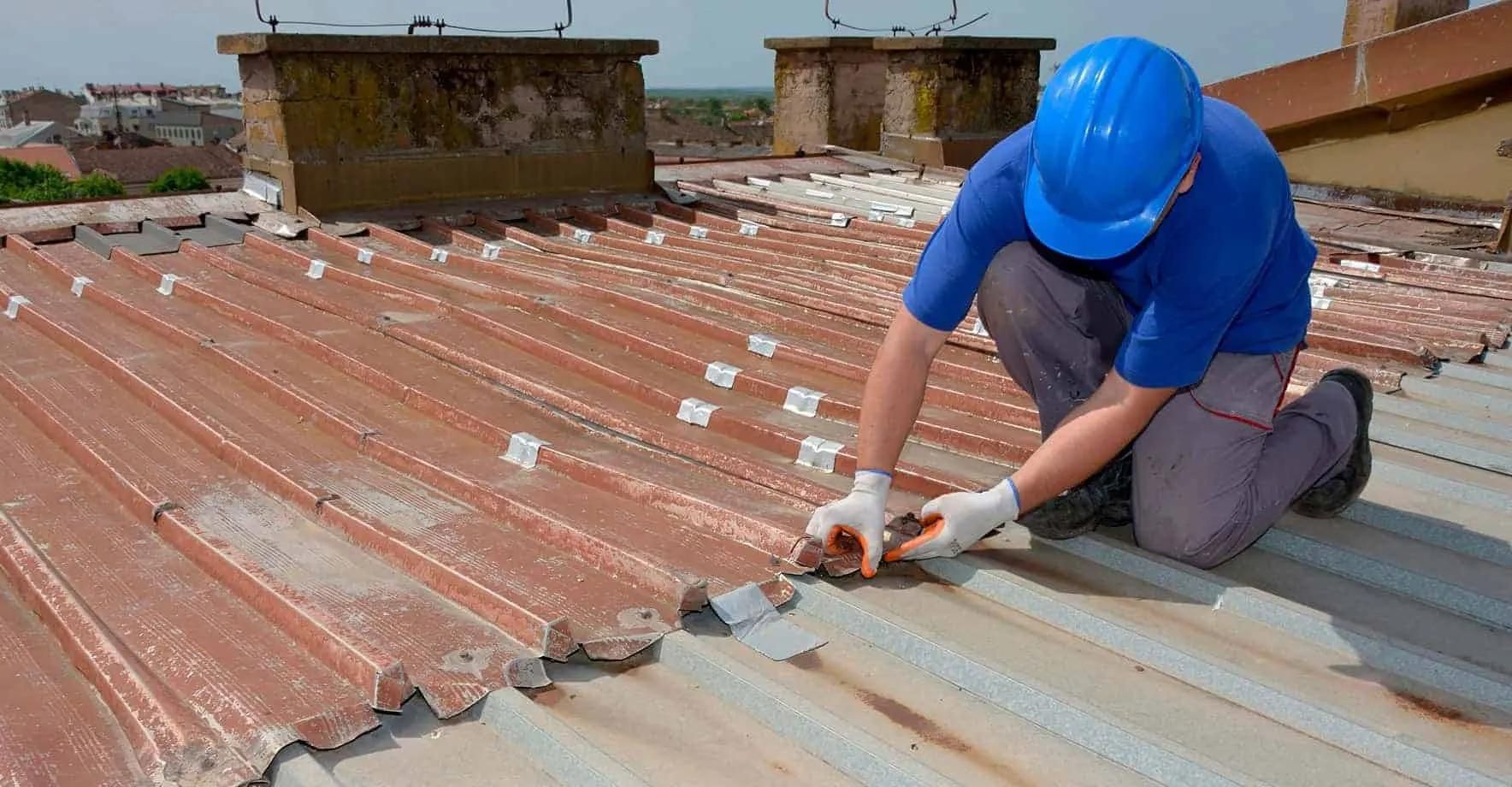
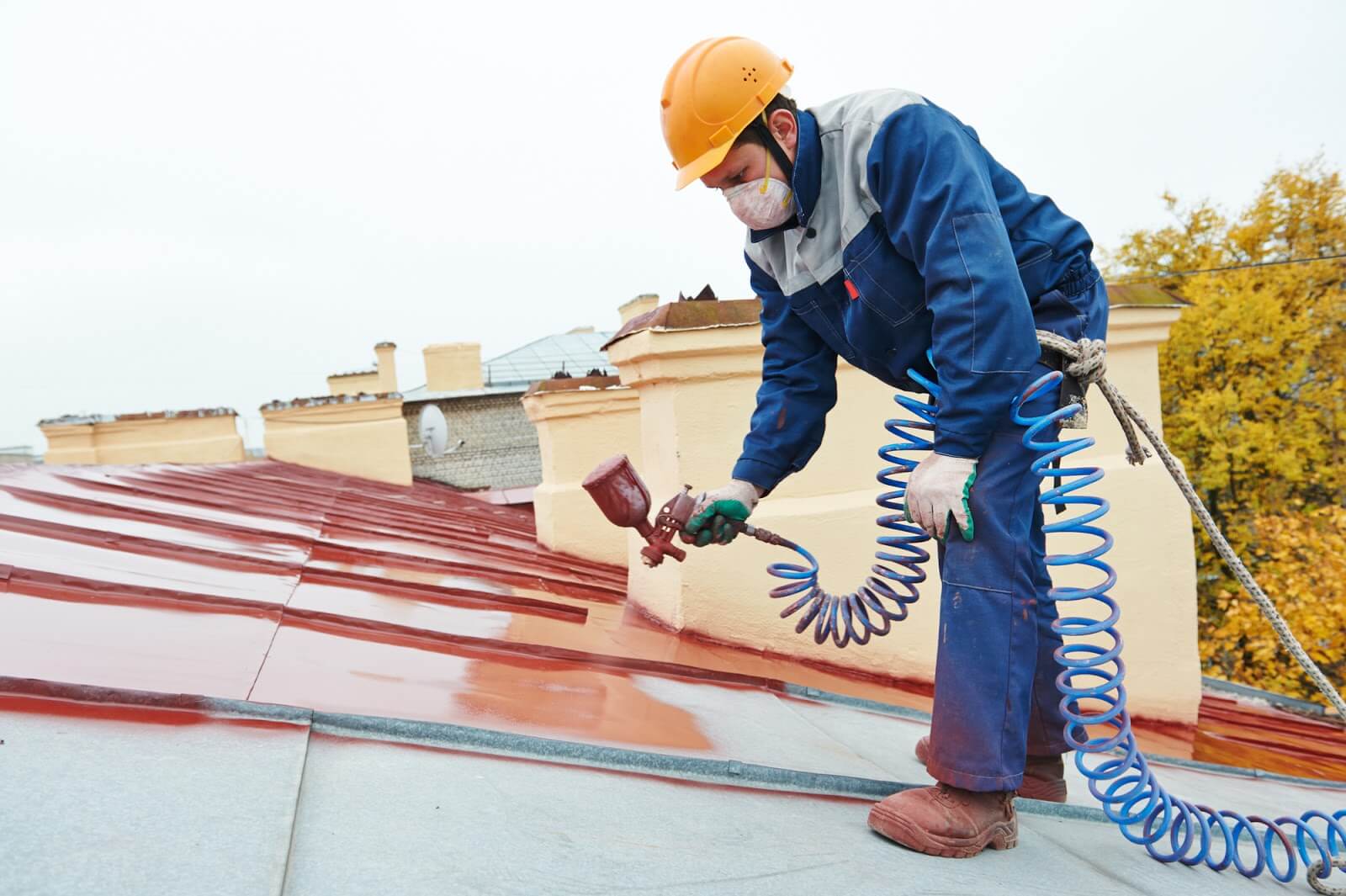
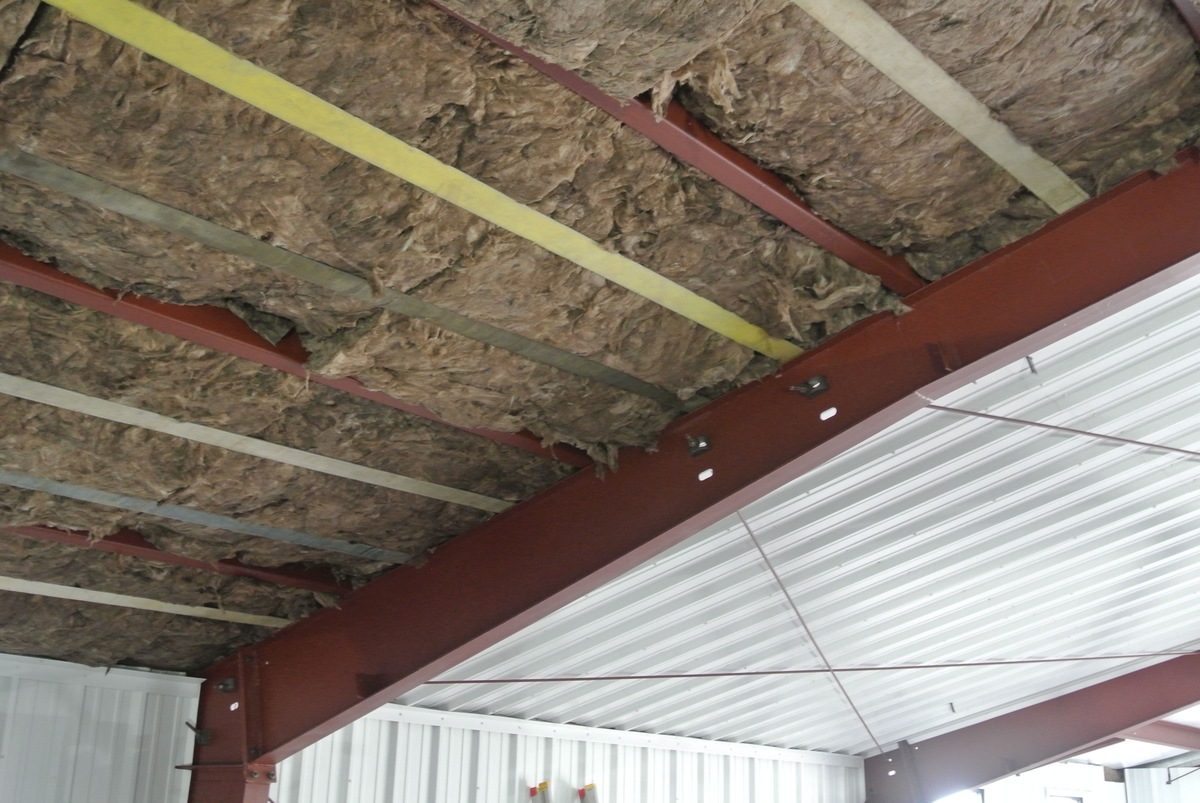
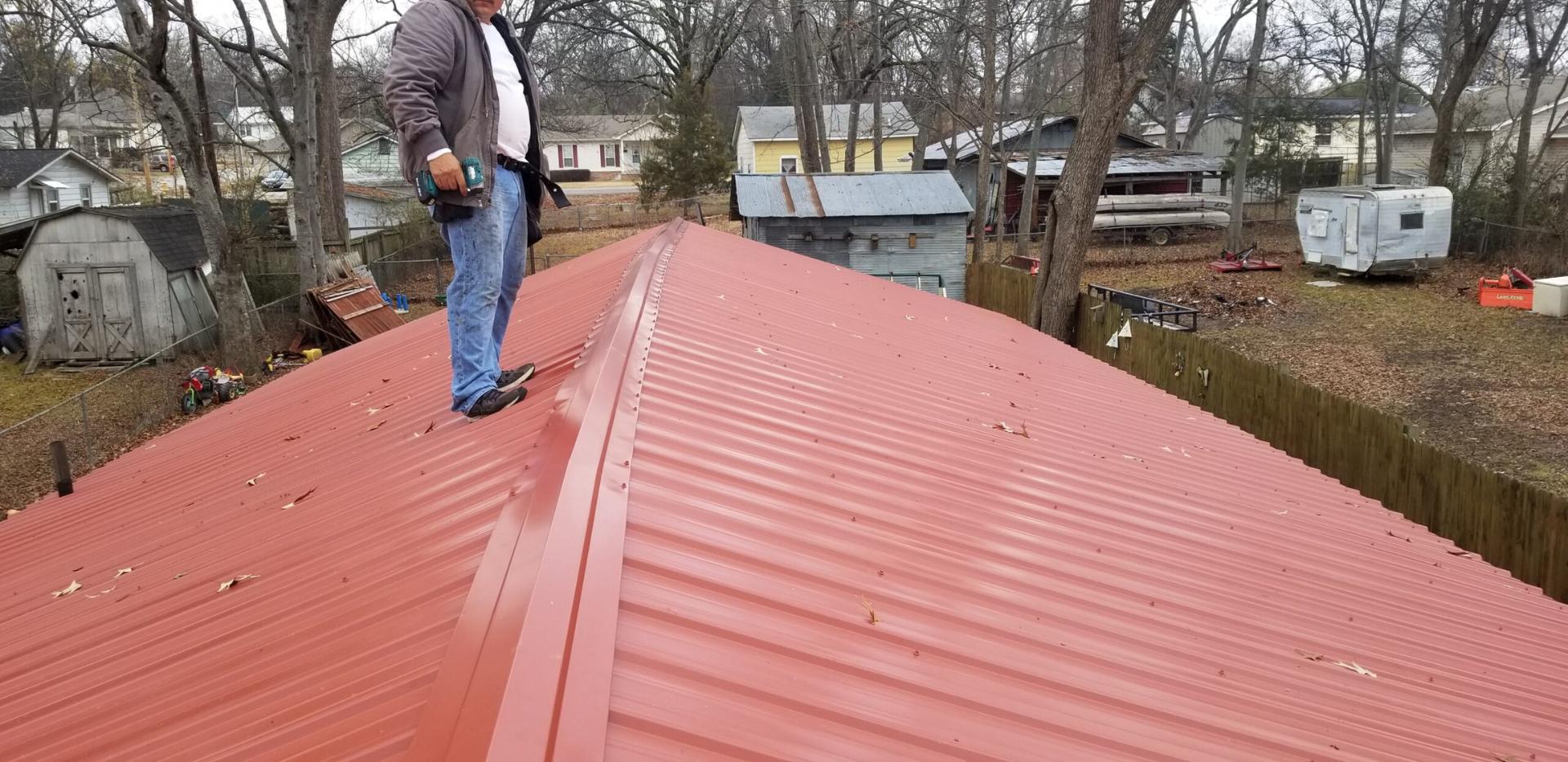
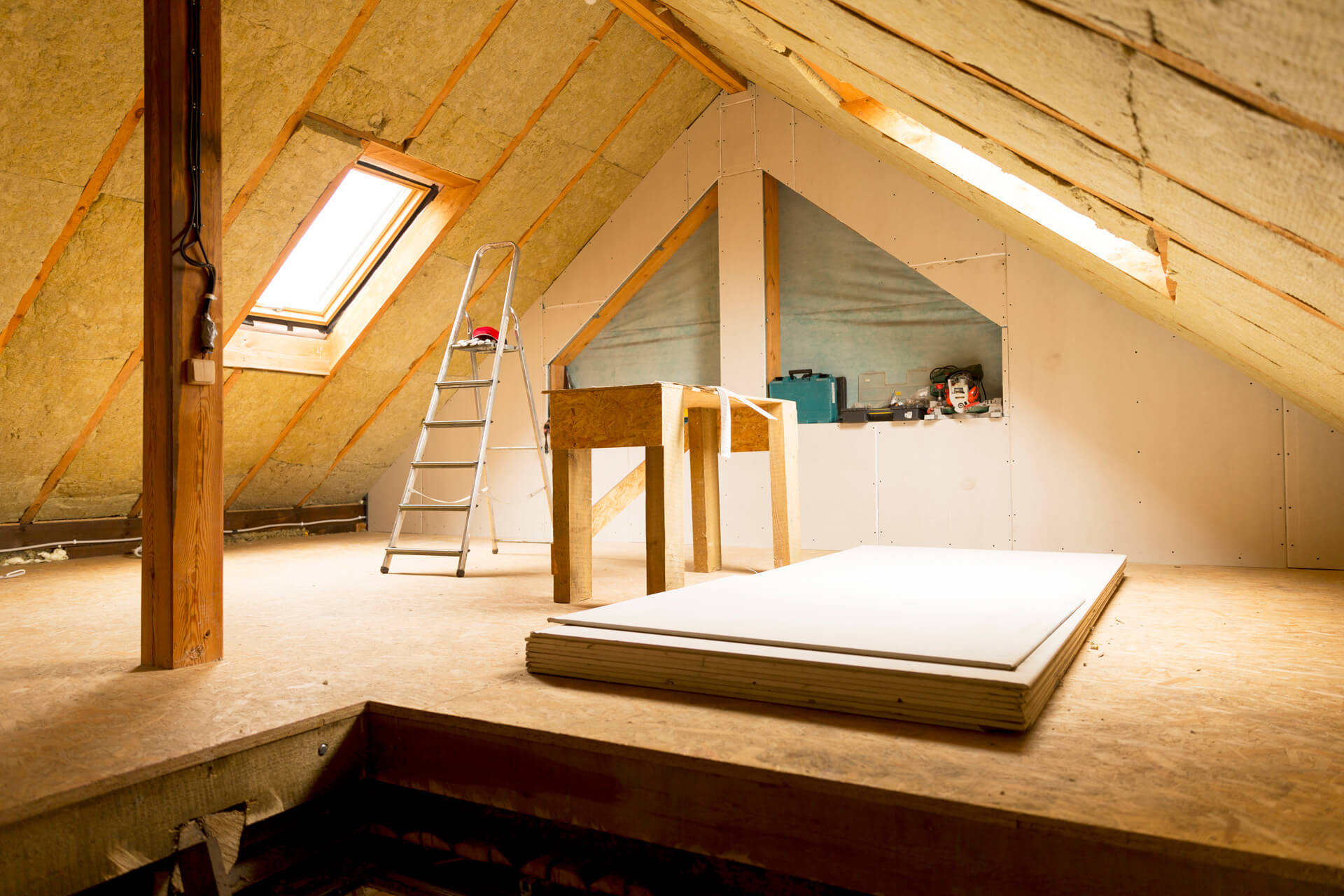
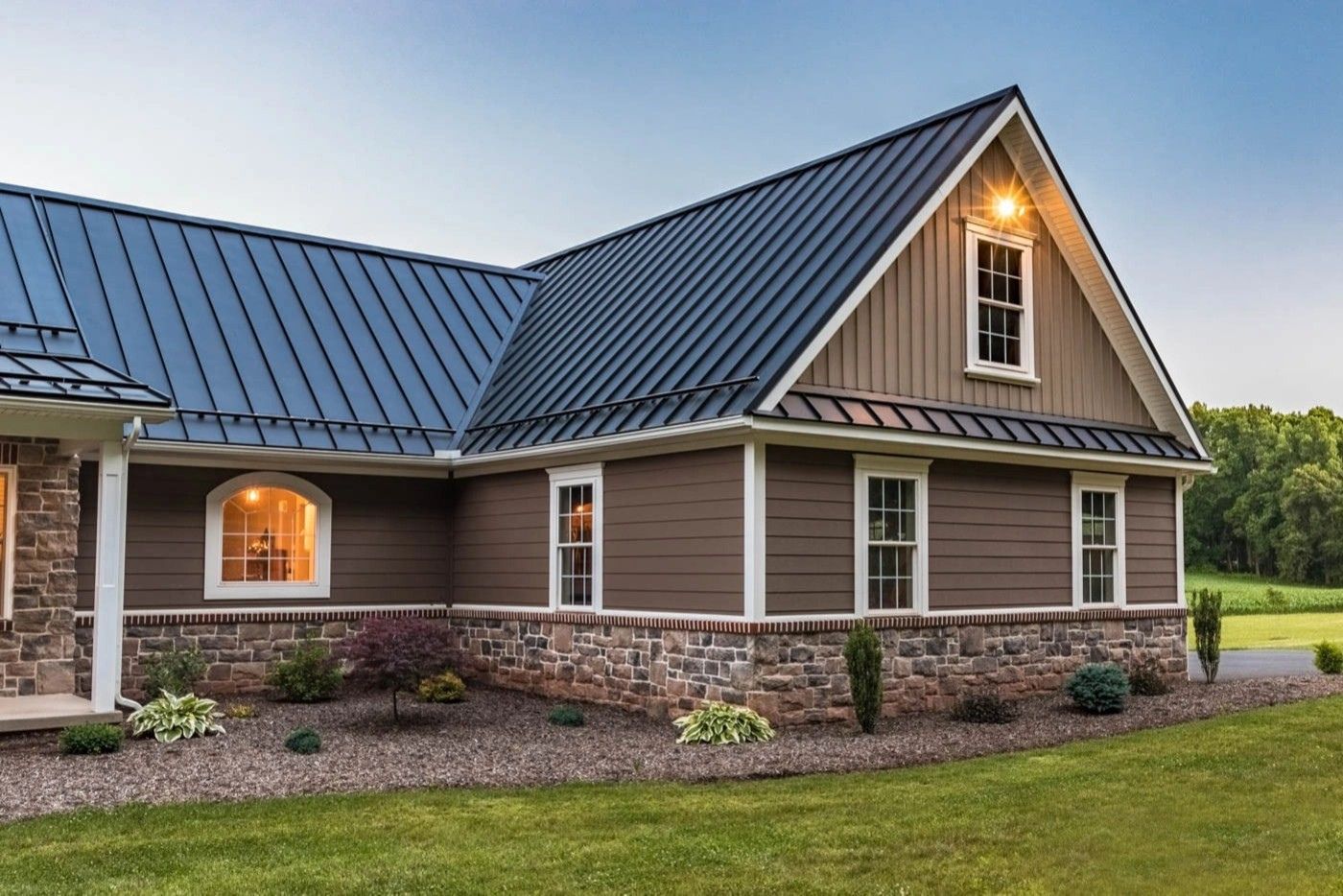
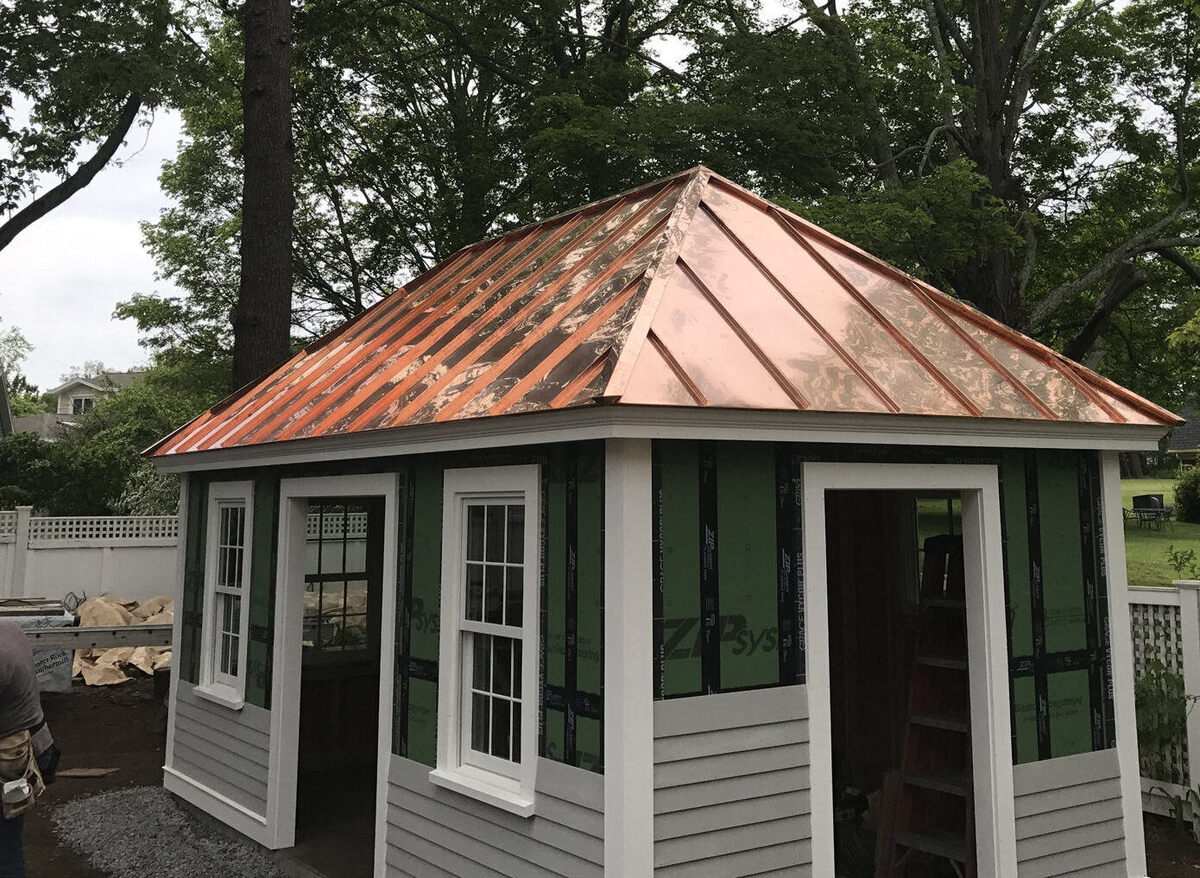
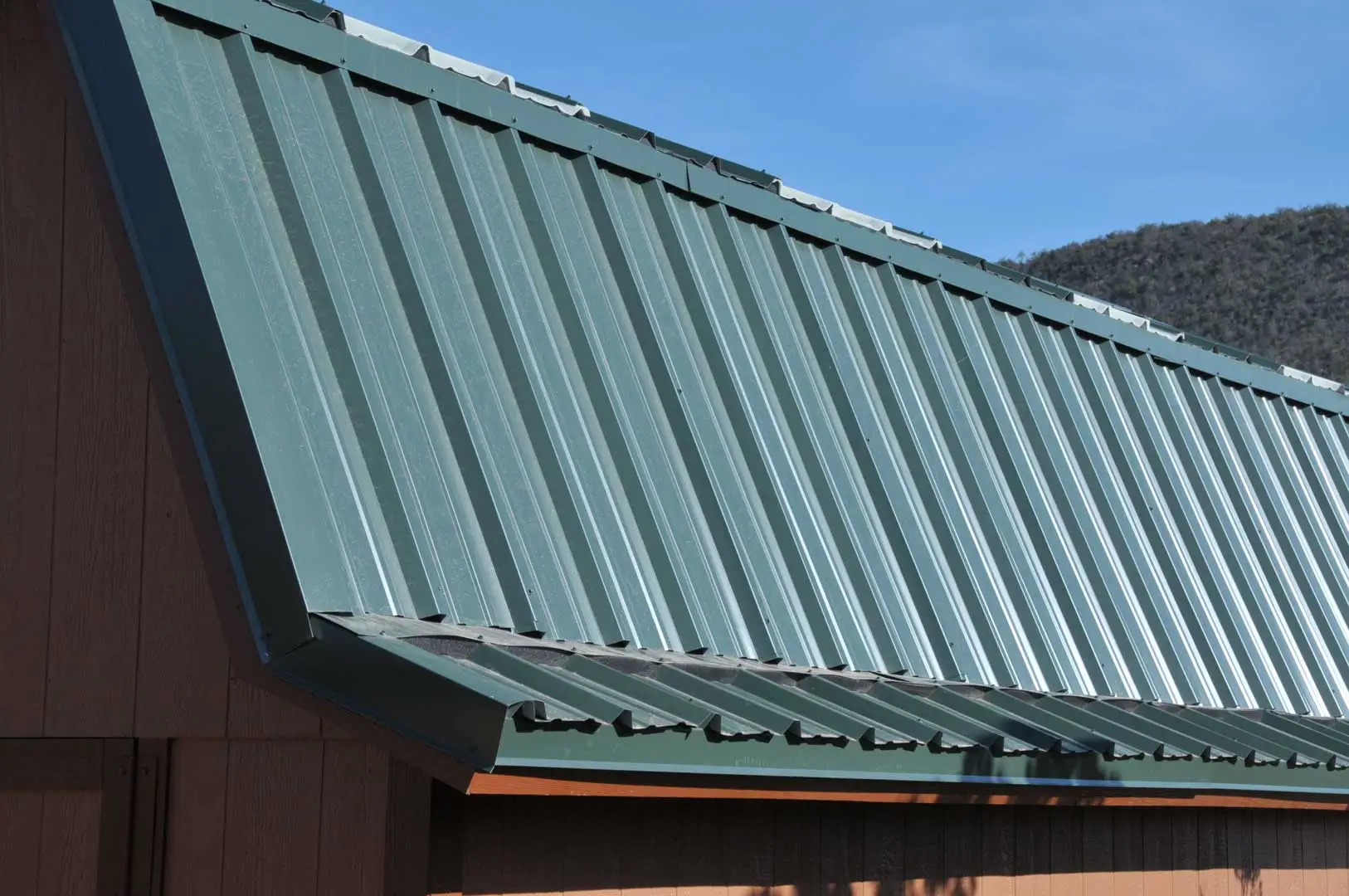
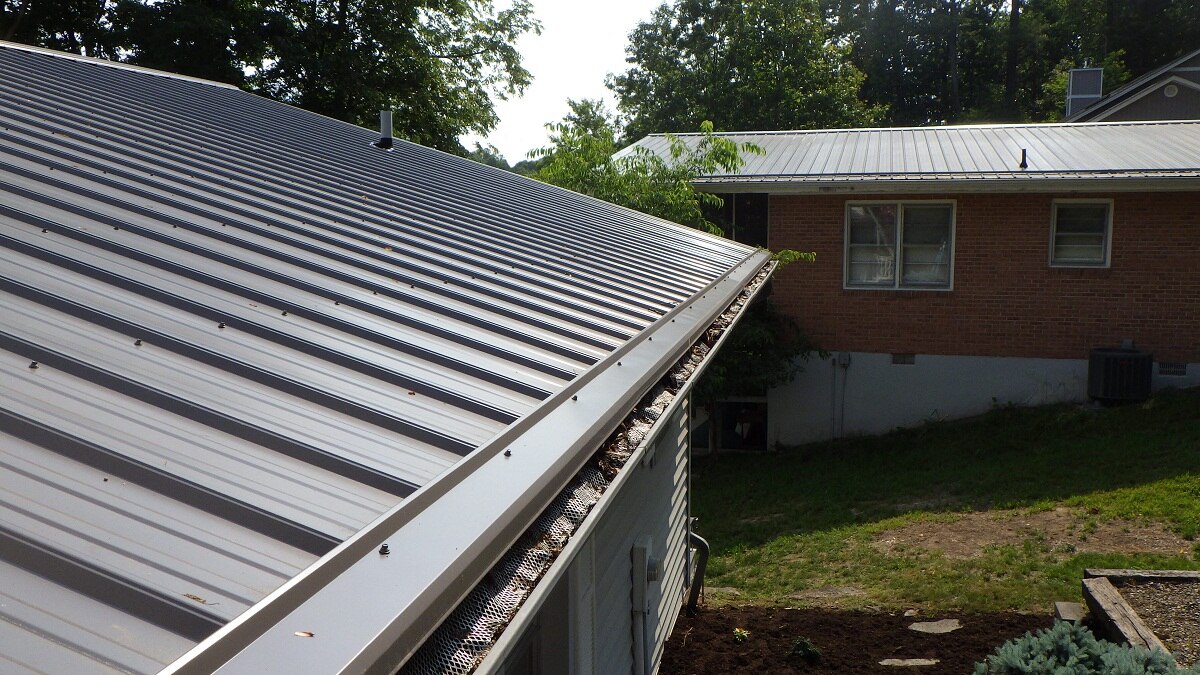

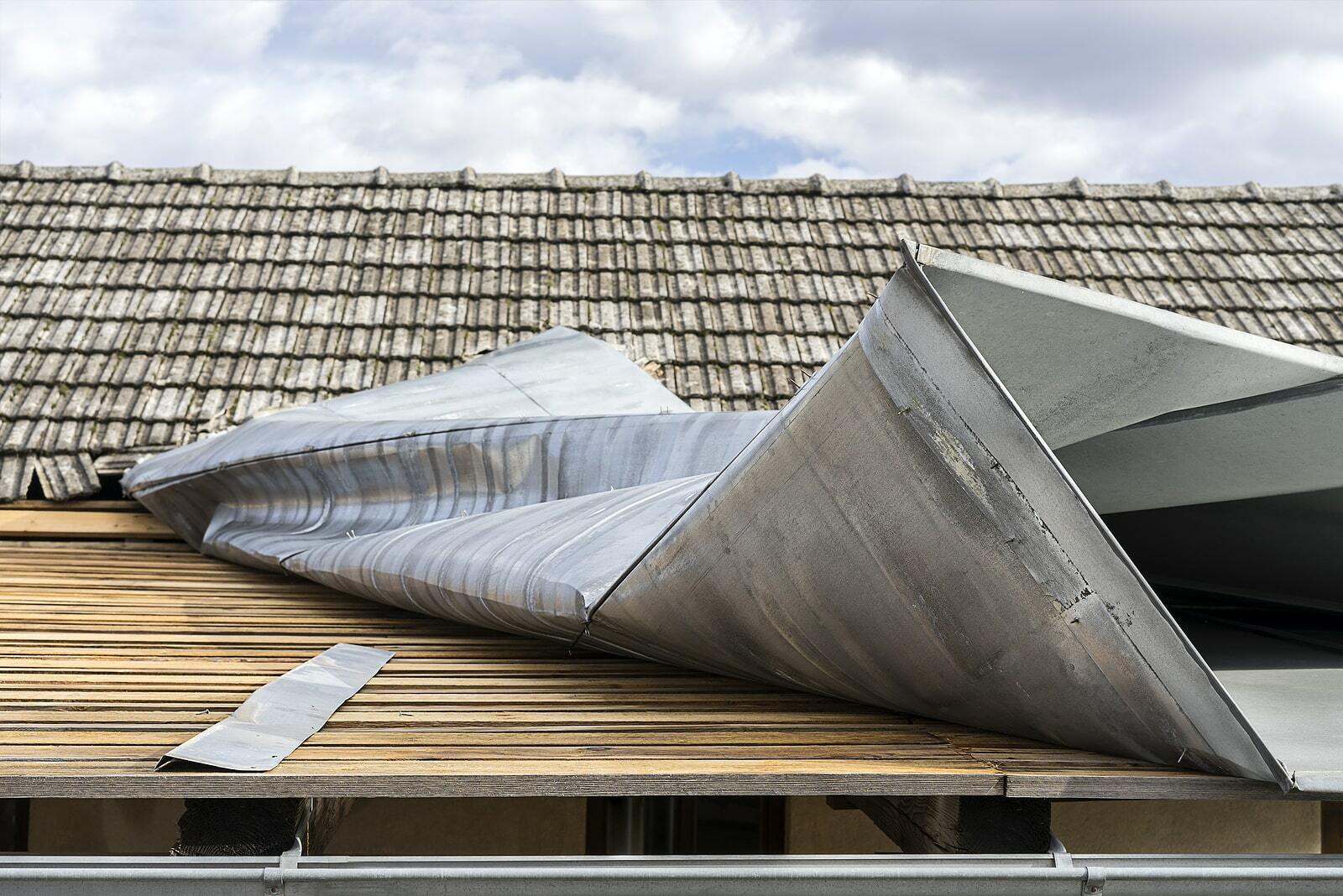

0 thoughts on “How To Insulate A Metal Roof”